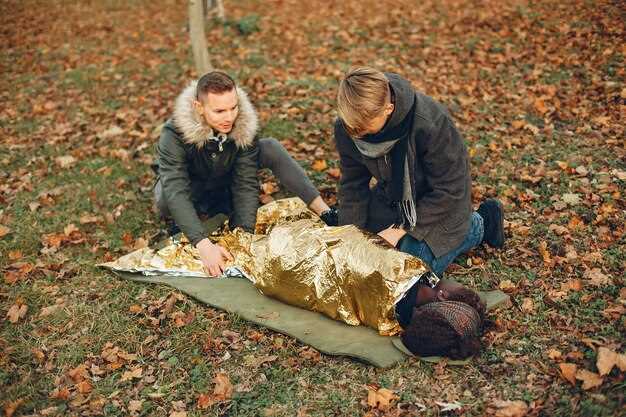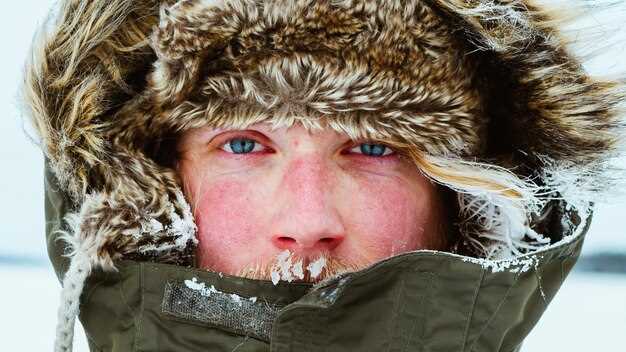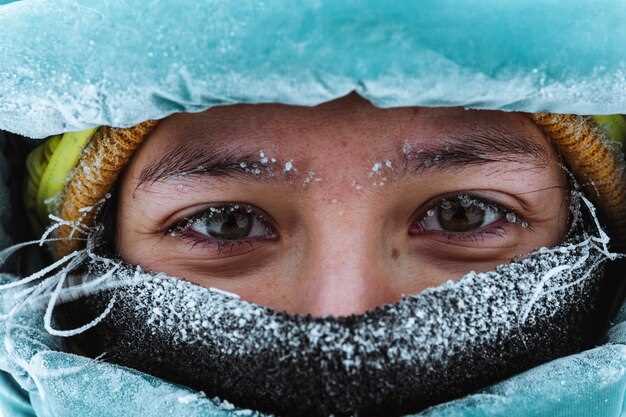
Engaging in outdoor adventures can offer exhilarating experiences, but it also comes with inherent risks. One of the most serious risks is hypothermia, a condition that occurs when the body loses heat faster than it can produce it. Understanding how to prevent hypothermia is crucial for anyone who enjoys spending time in the great outdoors, especially in colder climates.
The consequences of hypothermia can be severe and potentially life-threatening. It can lead to confusion, fatigue, and loss of coordination, making it an emergency situation that demands immediate action. To ensure a safe adventure, it’s important to be aware of the warning signs and risk factors associated with hypothermia.
In this article, we will outline essential strategies to help you avoid hypothermia during your outdoor explorations. From choosing appropriate clothing to recognizing the symptoms of this dangerous condition, we will provide you with comprehensive guidance to keep you safe and ensure that your outdoor experiences remain enjoyable and unforgettable.
Recognizing Early Signs of Hypothermia

Hypothermia occurs when the body loses heat faster than it can produce it, leading to dangerously low body temperatures. Recognizing the early signs is crucial for preventing emergencies during outdoor activities. The initial symptoms of hypothermia may be subtle, but awareness can make a significant difference in your ability to respond effectively.
One of the first signs to monitor is shivering. This involuntary response indicates that the body is attempting to generate heat. If shivering ceases, it often signals a worsening condition, requiring immediate attention. Additionally, individuals may exhibit confusion or disorientation, which can affect judgment and decision-making abilities.
Other early indicators include slurred speech and slowed movements. As core temperature declines, cognitive function deteriorates, making it challenging to carry out simple tasks. Be attentive to these changes, as they can escalate rapidly without proper intervention.
Other physical signs include cold and pale skin, particularly on the extremities, such as fingers and toes. You may also notice a feeling of extreme fatigue or weakness, which often accompanies the body’s struggle to maintain warmth. It’s essential to monitor yourself and others in your party for these symptoms, especially during prolonged exposure to cold conditions.
If you or someone in your group exhibits any early signs of hypothermia, it is vital to take immediate preventive measures. Move to a warmer environment, remove wet clothing, and try to warm the person using blankets or body heat. Understanding these signs can be life-saving during outdoor adventures, as prompt action reduces the risks associated with this condition.
Essential Gear for Cold Weather Safety

When venturing outdoors in cold weather, having the right gear is crucial to avoid hypothermia and ensure safety in case of emergencies. Here are the essential items to consider:
First and foremost, invest in a high-quality insulated jacket. This should provide both warmth and wind resistance. Look for options that are lightweight yet effective at retaining body heat. Layering is key, so wear moisture-wicking base layers, followed by insulating mid-layers.
Thermal gloves and hats are critical, as extremities lose heat quickly. Choose gloves that allow for dexterity, yet keep your hands warm. A hat that covers your ears effectively can make a significant difference in retaining body heat.
Footwear is equally important. Waterproof, insulated boots will protect your feet from frostbite. Pair them with thick, moisture-wicking socks to keep your feet dry and warm. Gaiters can provide additional protection against snow and wet conditions.
Always carry an emergency blanket. These lightweight, compact items can provide essential warmth if you find yourself in distress. They reflect body heat and are invaluable in survival situations.
A reliable multi-tool or knife can prove useful in various scenarios, including setting up a shelter or repairing gear. Additionally, a portable, hand-held heat source such as chemical warmers or a small camping stove can help in emergencies.
Don’t forget about hydration. Insulated water bottles or hydration systems will prevent your water from freezing, ensuring that you remain hydrated even in frigid conditions.
Finally, a well-stocked first aid kit tailored for cold weather adventures is essential. Include items specific to cold injuries, such as blister treatments, pain relievers, and thermal dressings for emergency situations.
Investing in these essential pieces of gear not only enhances your comfort during outdoor activities but also significantly increases your safety in harsh weather conditions.
Immediate First Aid Actions for Hypothermia
Hypothermia can occur unexpectedly, especially during outdoor adventures. It is crucial to recognize the symptoms and act swiftly to prevent serious consequences. If someone shows signs of hypothermia, follow these immediate first aid actions.
1. Call for Emergency Help: As soon as you suspect hypothermia, call for emergency medical assistance. Prompt professional intervention is necessary for severe cases.
2. Move to a Warmer Environment: Gently relocate the affected person to a sheltered and warmer area. This could be indoors or as close to a heat source as possible, while avoiding any sudden temperature changes.
3. Remove Wet Clothing: Carefully take off any wet clothing, which can contribute to further heat loss. Replace it with dry, insulated layers. Use warm blankets or sleeping bags to retain body heat.
4. Warm the Body Gradually: Apply warm (not hot) compresses to the neck, armpits, and groin areas to help raise the body temperature. Avoid direct heat sources like hot water or heating pads, as they may cause burns.
5. Provide Warm, Non-Alcoholic Beverages: If the person is conscious and alert, provide warm beverages to help rewarm the body internally. Avoid caffeine and alcohol, as they can hinder the rewarming process.
6. Monitor Vital Signs: Continuously check the person’s breathing and pulse. Be prepared to perform CPR if necessary, especially if they become unresponsive.
7. Do Not Rush the Rewarming Process: Rapid rewarming can lead to complications. Focus on gradual warming, and watch for any signs of worsening conditions.
These immediate actions are vital for treating hypothermia. Remember that prevention is key in avoiding such situations during outdoor activities, so always prepare accordingly.
